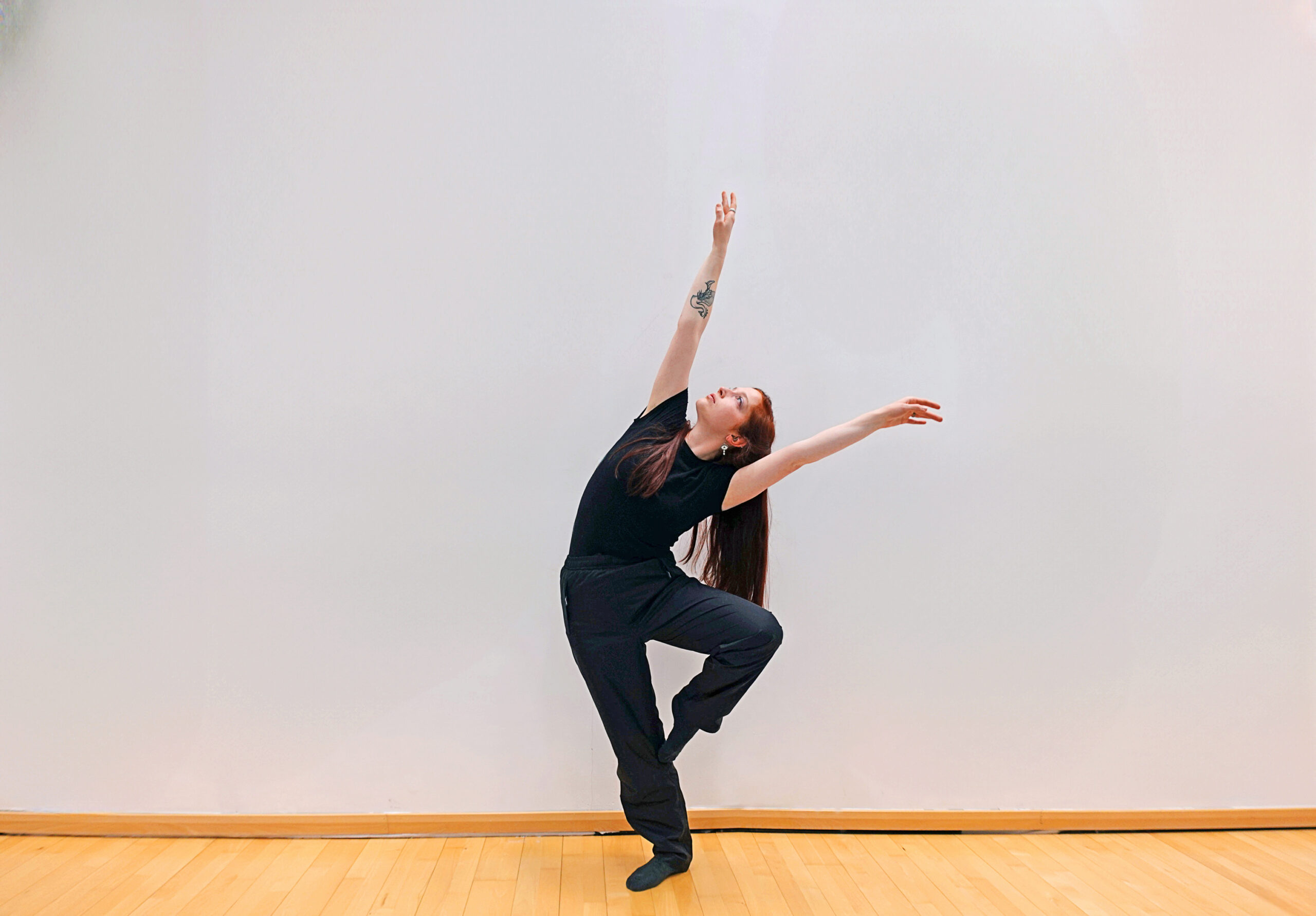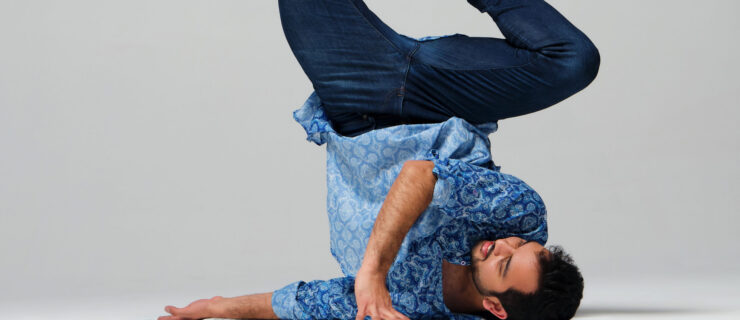What You Should Know About Dancing With Generalized Anxiety Disorder
Before Hannah Emory was diagnosed with generalized anxiety disorder (GAD), she says that, despite her passion for dance, she felt like she just wasn’t cut out for it. She was overwhelmed by the amount of stimuli in class, had trouble concentrating and found criticism difficult to endure—and that it profoundly affected her self-esteem. “It was really frustrating for me because I loved dance and I felt committed to it,” she says. “But then I constantly had this feeling that I just wasn’t good enough.”
After receiving her diagnosis and finding treatment that worked for her, Emory has connected with her dancing in a new way, and is now pursuing a dance degree at the University of Limerick in Ireland, in addition to performing with Ohr Dance Company and developing her own choreographic projects.
What Is GAD?
According to Kristen Mackel, a licensed clinical social worker who specializes in working with athletes and creatives, when talking about GAD, it’s important to differentiate between the disorder and anxiety as an emotion. This can be done by thinking in terms of what she calls “states” and “traits.” “An emotion is a state; it comes and goes,” she explains. “A disorder is much more of a trait; it’s more prevalent, persistent and pervasive.”
GAD is characterized by a variety of physical and mental symptoms, like uncontrollable, excessive worries, feeling restless or on edge, or, on the other hand, feeling frozen and unable to move. Individuals with GAD might also experience heart palpitations, nausea, dizziness, shortness of breath, gastrointestinal distress, sleeping troubles and increased irritability.
Dancing With GAD
GAD can show up in dancers in many ways, explains Leigh Skvarla, PhD, LPC, who, along with Mackel, founded the Center for Grit and Growth to work with athletes and creatives. For example, individuals with GAD might have a hard time standing still and could be more prone to fidgeting in class. Additionally, learning choreography might present a challenge, says Skvarla, who explains that “if you’re anxious, you probably have trouble focusing on the present moment.” And, she says, this can sometimes put dancers at greater risk for injury, both because they aren’t mentally present and because anxiety is associated with muscle tension, making it harder to execute certain movements.
Aspects of class, like being asked to improvise, might also elicit anxious feelings. “Vulnerability is uncomfortable for most all of us, as people, and certainly is extremely uncomfortable for folks who are already anxious about the judgmental thoughts in their head, and then maybe even the thoughts that they think other people are having about them,” Skvarla says.
Treatment and Coping
There are a variety of treatment options for GAD, say Mackel and Skvarla. One of the most common is cognitive behavioral therapy (CBT), which encourages patients to challenge their thoughts and ask if they might be distortions of reality instead of facts. Aspects of GAD can also be treated with exposure-based therapy, especially if the disorder is preventing you from doing things you love. Developing coping skills like self-soothing, which can help regulate emotions in tough situations, is also recommended.
An important aspect of treatment is finding a provider, or group of providers, that specializes in addressing your symptoms, Mackel says. A team can include a licensed mental health clinician, like a counselor or social worker; a psychiatrist or nurse practitioner, to manage medications; and a registered dietitian, to make sure you’re getting enough fuel to support an active lifestyle.
Moving Towards Healing
Although GAD presents many unique challenges for dancers, Emory says, when she started treatment—which, for her, was a combination of therapy and medication—she felt like the world opened up to her. “Therapy helped me retrain my thought processes so that I would be less results-focused and more process-focused,” she explains. “That’s helped me in the studio and in being able to start my own dance projects.”
And, while you’re in treatment, remember that dancing can aid in your recovery. Skvarla says that exercise can play a large role in improving mood and overall well-being. For Emory, the studio has actually become a place where she’s able to leave her worries behind, especially when she’s able to express herself through improvisation or other personal projects.
“For people with various anxiety and mood disorders, you can get so trapped in your headspace that you just feel imprisoned,” says Emory. “I think dance is the perfect avenue out of that.”
Resources
If you’re struggling or want to learn more, Leigh Skvarla, PhD, LPC, and Kristen Mackel, LCSW, recommend these resources:
- Psychology Today: Find a therapist and learn about mental health.
- Anxiety & Depression Association of America (ADAA): Find a therapist, learn about a variety of mental health conditions and different types of therapy.
- International Association for Dance Medicine & Science (IADMS): Find a provider who specializes in working with dancers, learn about a variety of dance-specific health topics.
- Entertainment Community Fund (formerly The Actors Fund): Connect with a therapist, attend support groups, get help with health insurance questions, see if you are eligible for financial assistance.
- Therapy for Black Girls: Connect with mental health resources specifically tailored towards Black women.





